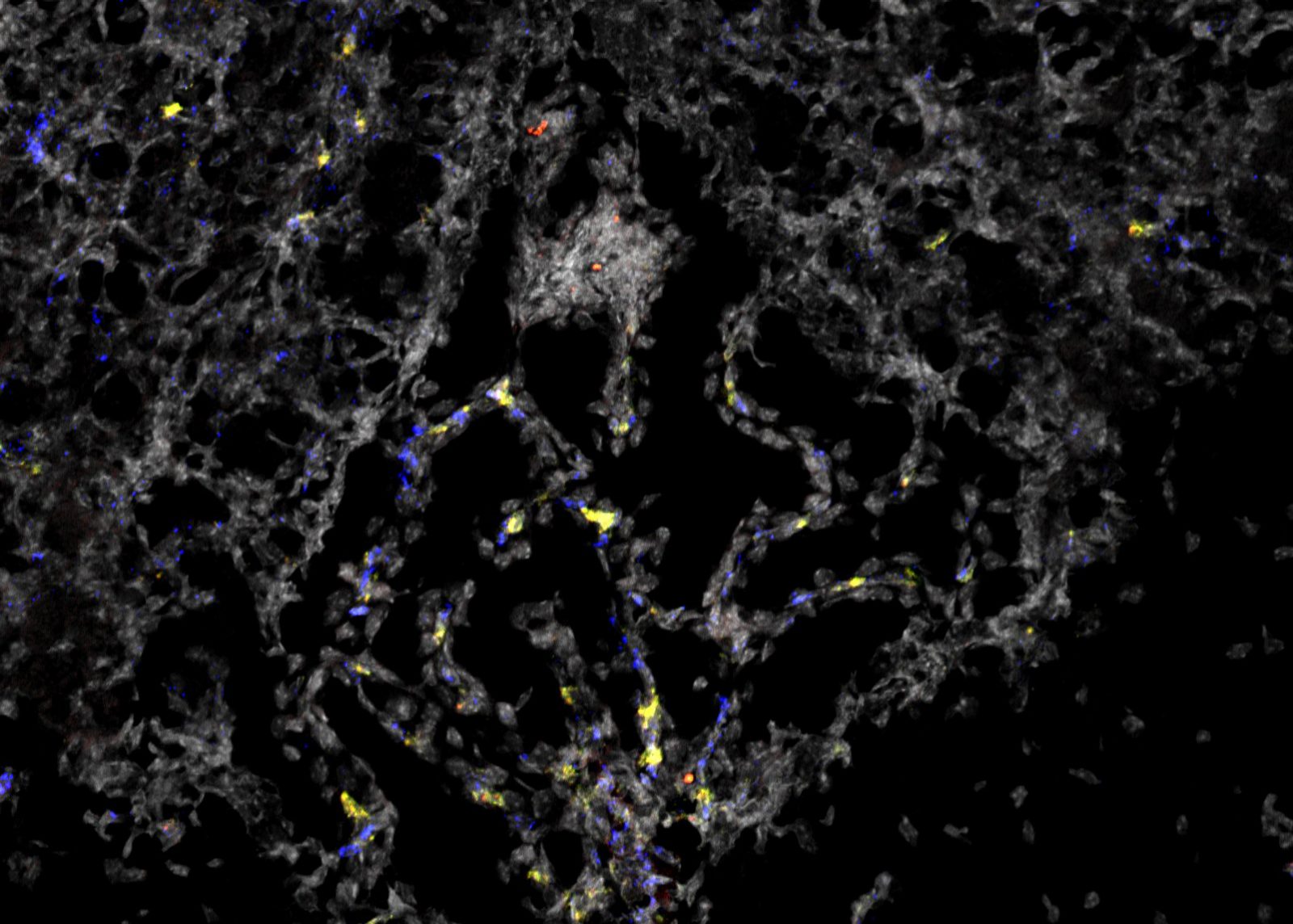Protein Receptor in Brain Microvasculature May Inform Brain Disorder Treatments
Images

Scientists have found a protein receptor that exists in the smallest blood vessels of our body, called the microvasculature, could play a crucial role in its regulation. The microvasculature provides tissues with the oxygen and nutrients required for basic functioning. In the brain, these small blood vessels supply neurons with the capacity to coordinate their activity, facilitating the ability to think and learn.
John Chappell, a cardiovascular scientist in the Center for Vascular and Heart Research at the Fralin Biomedical Research Institute at Virginia Tech College, and his team discovered that an isoform of platelet-derived growth factor receptor-β — isoforms are versions of proteins that are similar but not identical — likely affects the regulation of cells that play an important role in the integrity of the blood-brain barrier that protects our brain from harmful toxins.
In the study published in Biomolecules, the Virginia Tech scientists said soluble forms of the receptor are present in the brain and that higher levels of the protein are produced with age and in response to a lack of oxygen in the brain, which may fuel the risk for stroke and other neurological disorders.
Discovering something new is exciting, said Laura Beth Payne, research assistant professor in the Chappell lab and the study’s first author.
“Understanding the elements and components of the microvasculature when tissue is healthy is both valuable and significant. How is this protein regulating the function of the microvasculature?” she said. “And in what scenarios and in certain diseases is the level of that protein changing?”
Answering these questions could provide insight for new medical interventions for a host of diseases related to a dysfunctional vasculature including heart disease, brain cancer, and other neurodegenerative diseases.
Identifying the isoform’s functionality could potentially produce new therapeutic targets, said Hanaa Abdelazim, a student in the Translational Biology, Medicine, and Health Graduate Program who works on the project with Chappell and Payne.
In addition to potential therapeutic targets, the Chappell lab hopes to identify correlations between an increase or decrease of the protein and determine how those findings relate to early diagnosis of disease.
“Understanding the components and processes that have roles in establishing and maintaining, healthy human tissue is an essential part for the development of scientifically rational interventions when those same processes become dysfunctional,” said Michael Friedlander, Virginia Tech vice president for health sciences and technology and executive director of the Fralin Biomedical Research Institute. “This discovery makes a novel contribution to a better understanding of the critical elements in our circulatory system that could eventually lead to improved tools for prevention, diagnosis, and treatment of various diseases.”
Through ongoing support from the National Institutes of Health, the National Science Foundation, and the American Heart Association, the Chappell lab hopes that future exploration of this protein and its role in the body will lead to hopeful outcomes for patients.
“Now the excitement continues, right?” said Payne. “We get to follow this discovery and hopefully have the opportunity to apply our findings to real world scenarios and pathologies to improve lives, which is why we’re here doing this.”